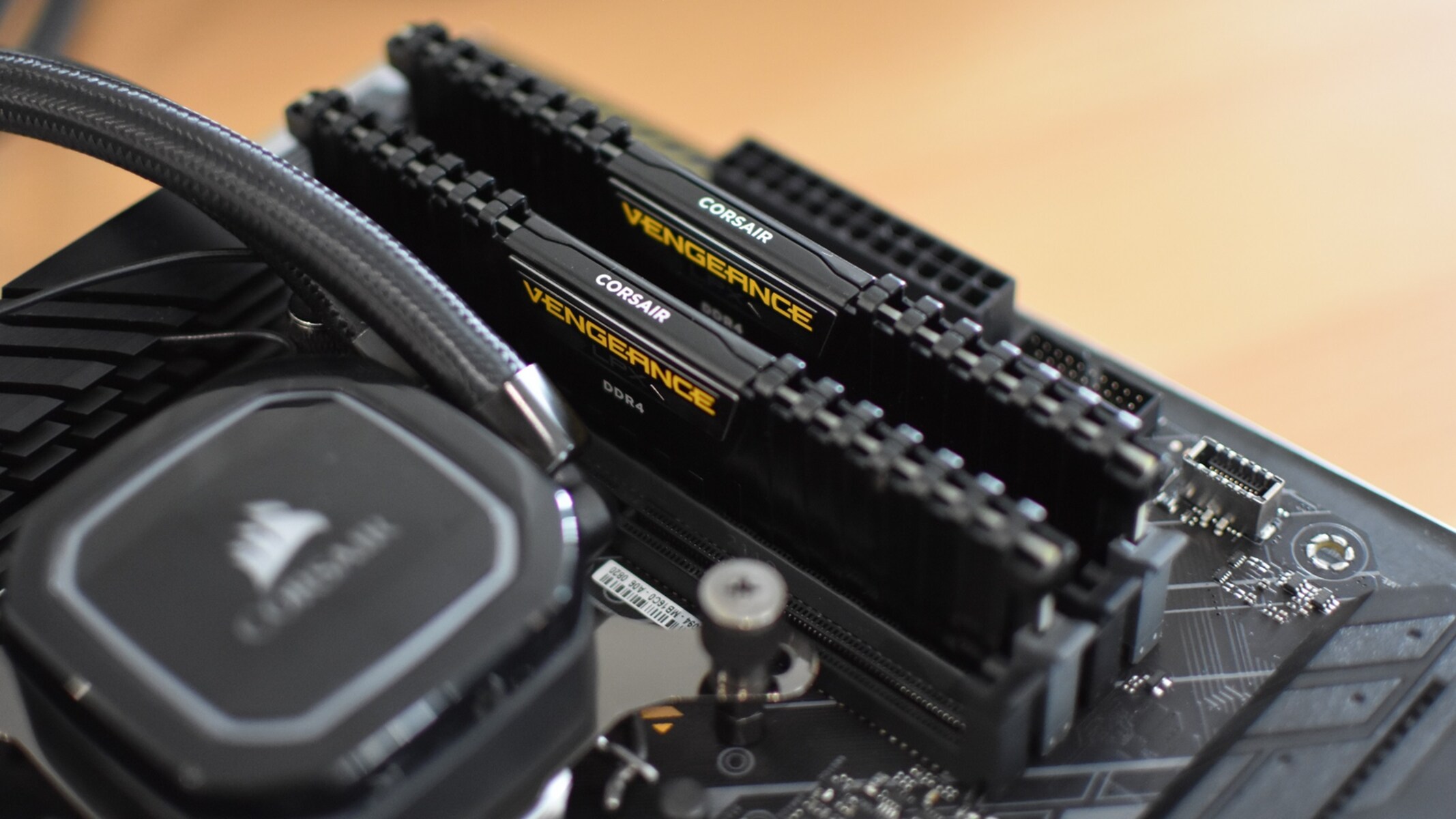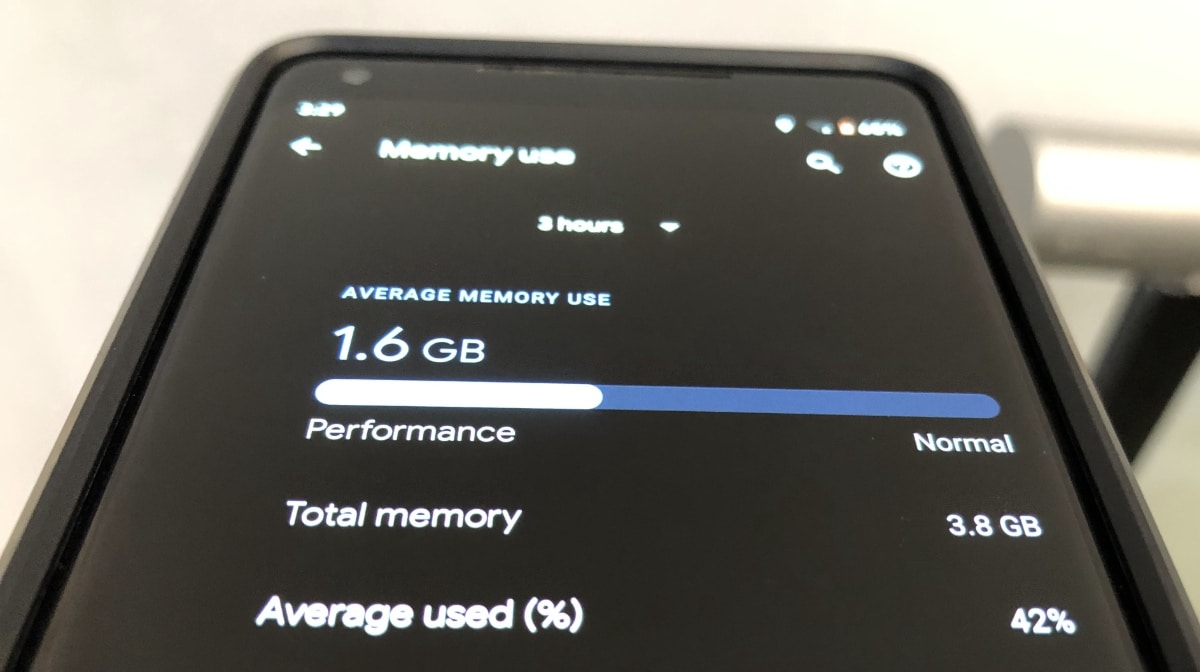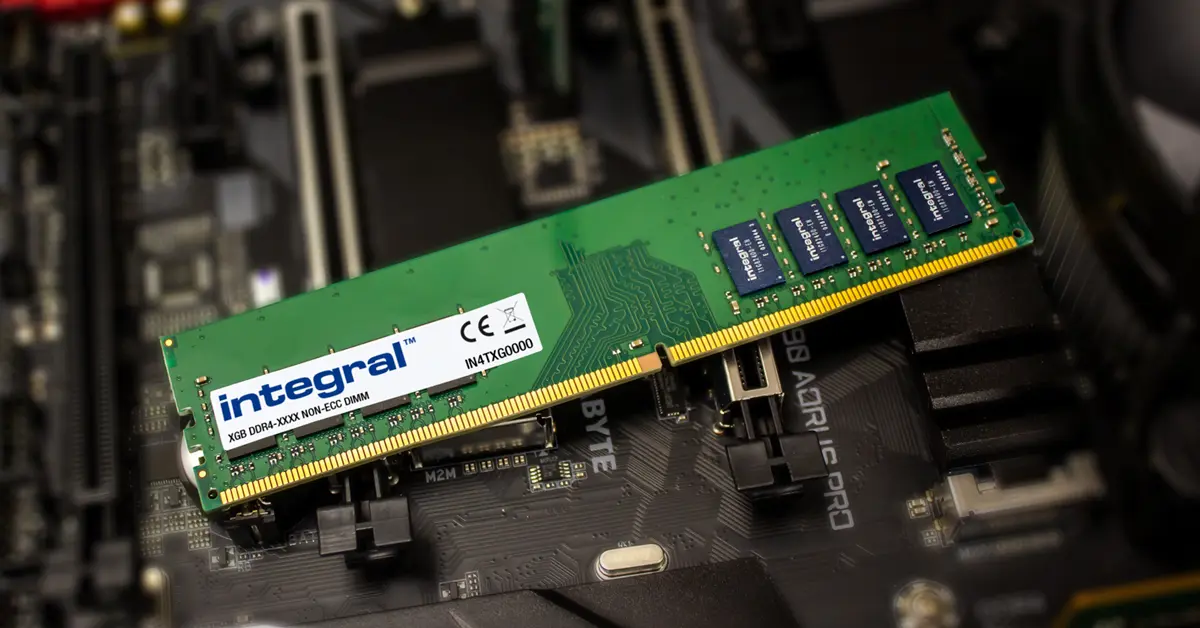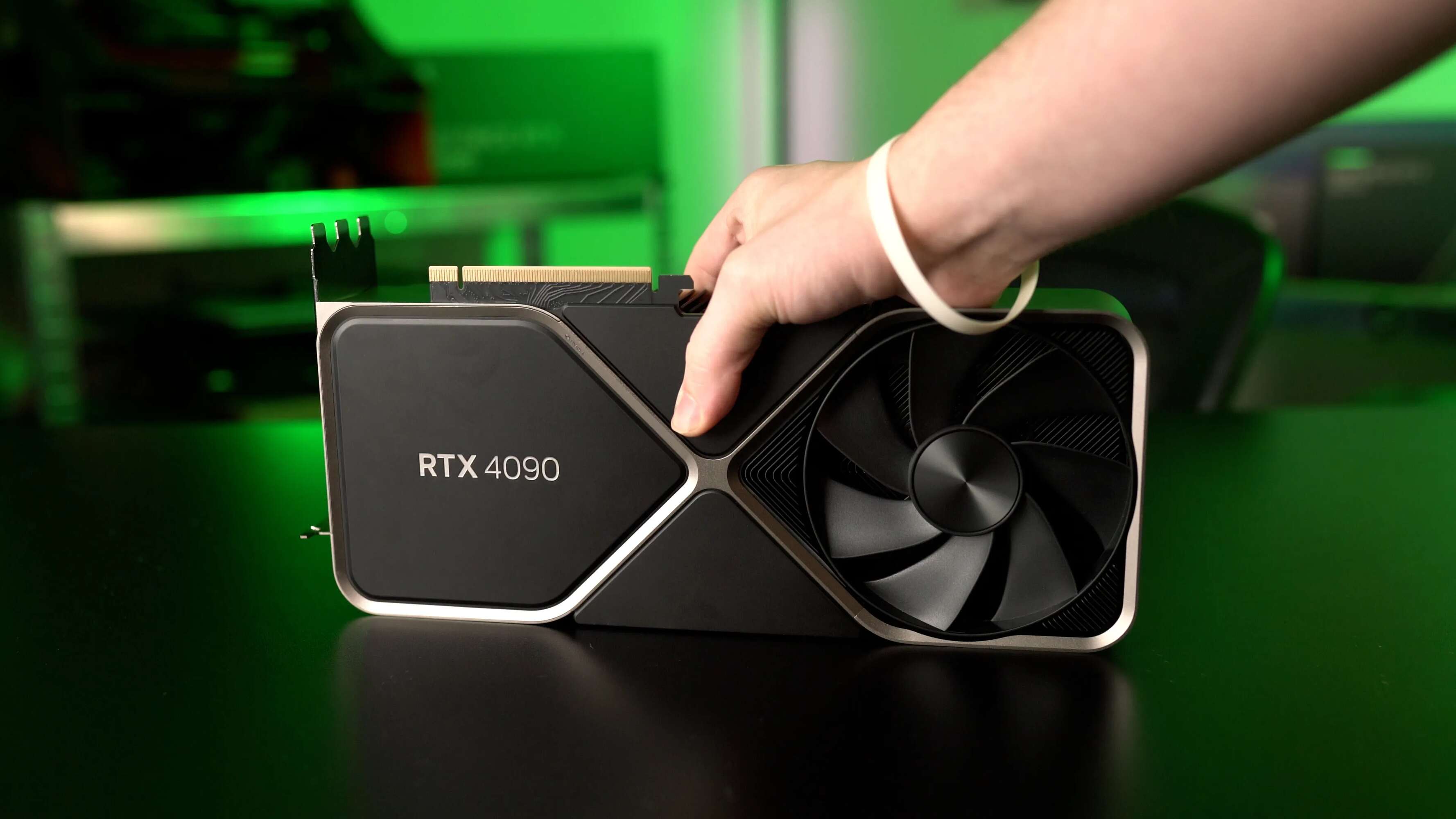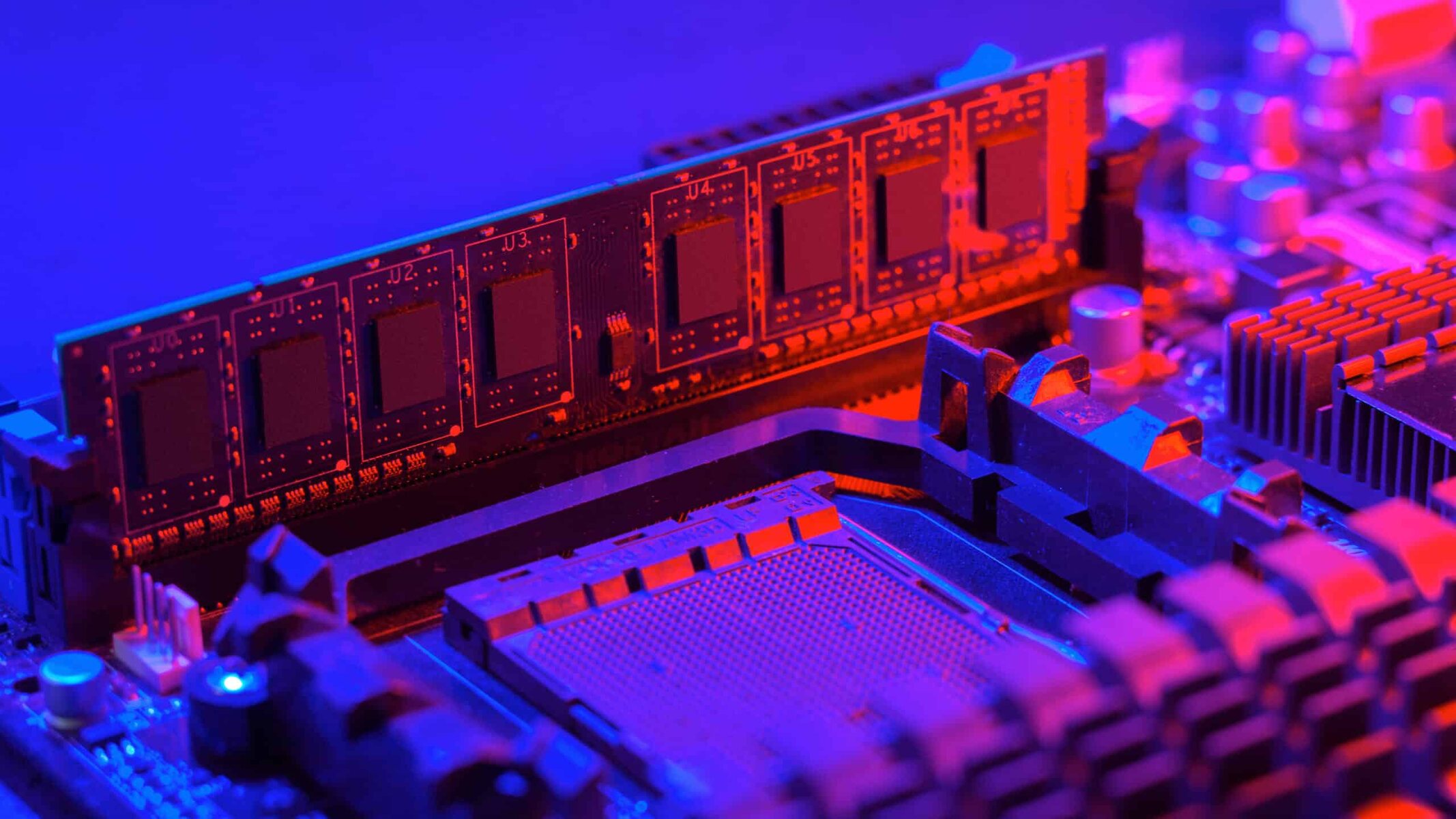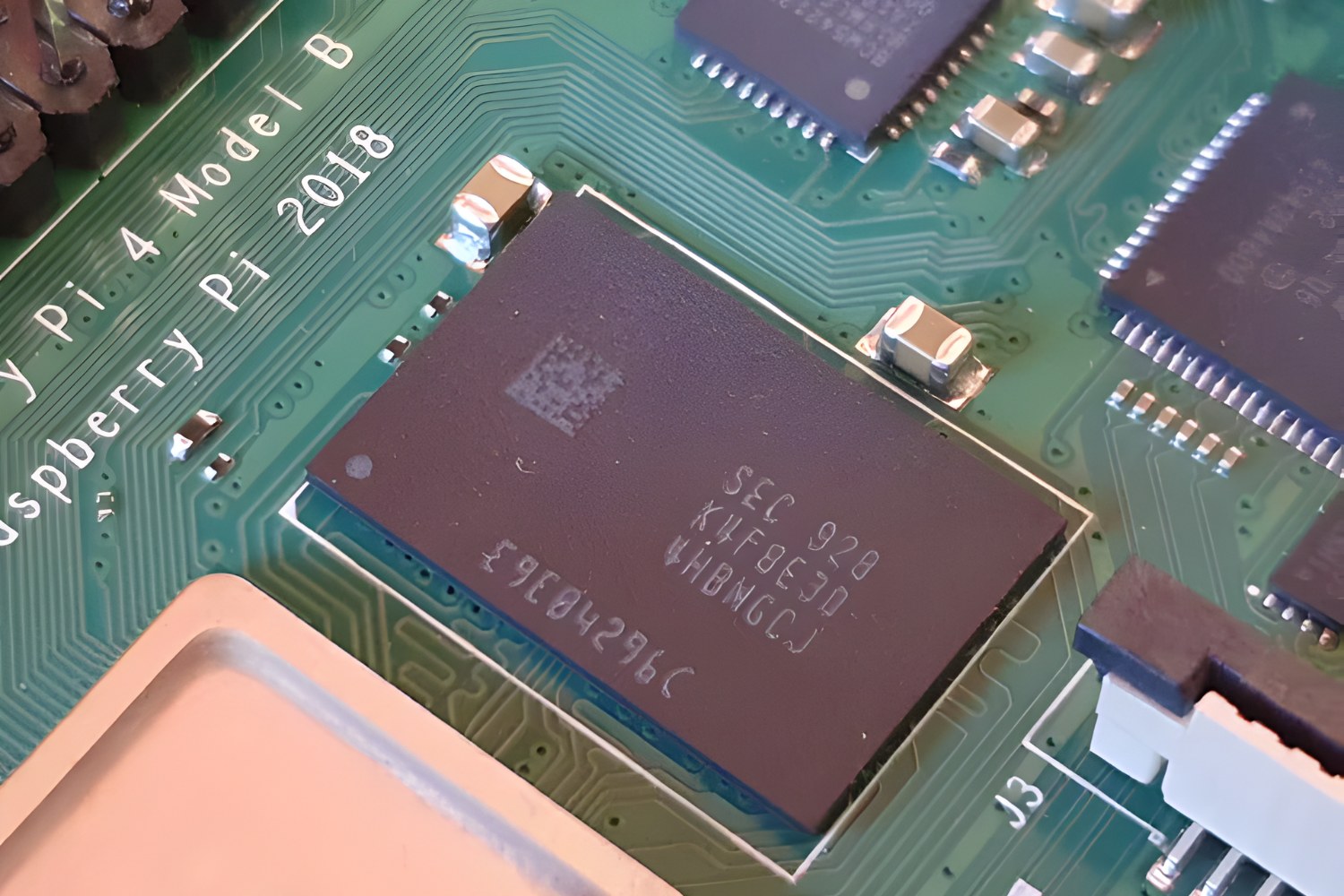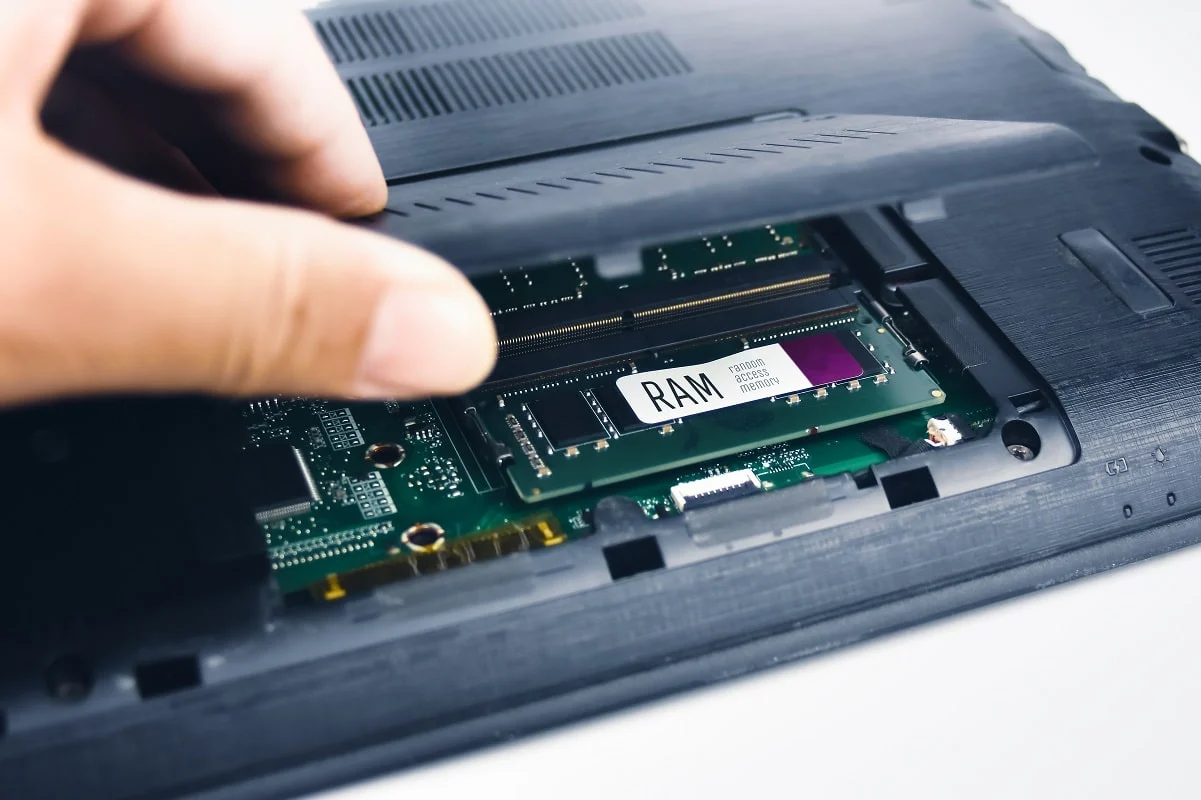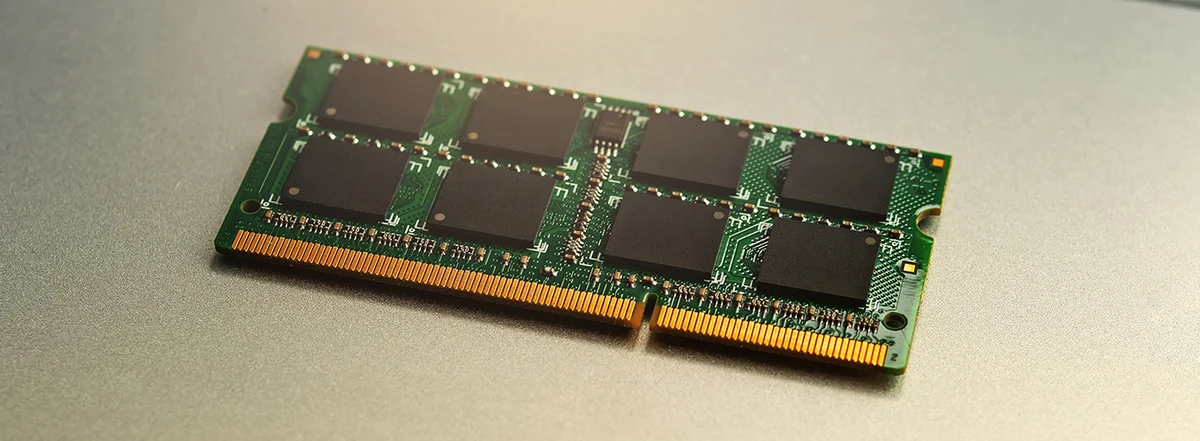Introduction
Welcome to the world of technology, where the amount of RAM you have can greatly impact the performance of your computer. Whether you’re a professional in need of power-packed computing capabilities or a casual user looking to optimize your system’s efficiency, knowing how much RAM your computer is using is essential. By understanding your RAM usage, you can make informed decisions about running resource-intensive applications or upgrading your memory.
In this article, we will explore the methods of checking RAM usage on different operating systems, including Windows, Mac, and Linux. Whether you’re a user of one or multiple platforms, this guide will empower you to monitor your RAM usage effectively.
Understanding how much RAM your computer is using can help identify potential issues such as excessive memory usage, leading to slow performance or system crashes. Moreover, it allows you to determine if your computer has enough memory to handle the tasks and applications you regularly use.
Monitoring your RAM usage is especially important when running memory-hungry applications like video editing software, graphic design tools, or virtual machines. By keeping track of your RAM usage, you can ensure that your computer’s performance remains smooth and uninterrupted.
In the following sections, we will provide step-by-step instructions for checking RAM usage on Windows, Mac, and Linux, using built-in system tools such as Task Manager, Activity Monitor, and System Monitor. Whether you’re a novice or an experienced user, these methods will help you gain insights into your computer’s memory usage, allowing you to optimize your system’s performance and potentially avoid any bottlenecks caused by inadequate RAM.
Checking RAM Usage on Windows
Windows operating system provides several built-in tools that allow you to easily monitor your RAM usage. Here, we will guide you through using Task Manager, a powerful utility that provides detailed information about processes and resource usage on your computer.
To check your RAM usage using Task Manager, follow these steps:
- Open Task Manager by pressing Ctrl+Shift+Esc simultaneously, or right-click on the taskbar and select Task Manager from the menu.
- In the Task Manager window, click on the “Performance” tab.
- Under the “Memory” section, you will see a visual representation of your current RAM usage, including the total amount of RAM installed and the percentage of usage. You can also view detailed information about memory usage by clicking on the “Open Resource Monitor” link at the bottom.
- Additionally, you can sort processes by memory usage by clicking on the “Memory” column header. This allows you to identify which applications or services are consuming the most memory.
Task Manager provides real-time data, allowing you to keep a close eye on your RAM usage. By regularly checking the Task Manager, you can identify any abnormal spikes in memory usage and take necessary actions to optimize your system.
Aside from Task Manager, Windows also offers other system monitoring tools like Performance Monitor (perfmon) and PowerShell commands, which provide more advanced options for checking RAM usage. However, for most users, Task Manager is sufficient to get the necessary insights into their system’s memory utilization.
Now that you know how to check your RAM usage on Windows using Task Manager, you can efficiently monitor and manage your system’s memory usage to ensure optimal performance.
Checking RAM Usage on Mac
If you are a Mac user, you can easily monitor your RAM usage using the built-in utility called Activity Monitor. Activity Monitor provides a comprehensive view of your system’s performance and allows you to track the memory consumption of running processes and applications. Follow the steps below to check your RAM usage on a Mac:
- Open the Spotlight Search by clicking on the magnifying glass icon in the top-right corner of your screen or by pressing Command+Space.
- Type “Activity Monitor” and press Enter to open the application.
- In the Activity Monitor window, click on the “Memory” tab.
- Here, you will find detailed information about your RAM usage, including the “Memory Used” and “Cached Files” sections. The “Memory Used” section displays the amount of RAM currently in use, while the “Cached Files” section shows the memory occupied by cached data.
- You can also sort processes by memory usage by clicking on the “Memory” column header, allowing you to identify which applications or processes are consuming the most memory.
Activity Monitor provides real-time data, keeping you informed about your Mac’s RAM usage. By monitoring this information, you can identify any memory-hungry applications or processes that might be impacting your system’s performance.
In addition to Activity Monitor, Mac users can also utilize other third-party applications like iStat Menus or Memory Clean, which offer more advanced features for monitoring and optimizing RAM usage. These tools provide real-time monitoring on your menu bar and offer insights into memory optimization techniques.
With Activity Monitor or additional third-party tools, you can easily keep a close eye on your Mac’s RAM usage, enabling you to manage memory resources efficiently and maintain optimal performance.
Checking RAM Usage on Linux
Linux users have access to various tools and commands to monitor their RAM usage. One of the most commonly used tools is the System Monitor, which provides a graphical interface to view and manage system resources. Here’s how you can check your RAM usage using the System Monitor:
- Open the System Monitor by pressing Ctrl+Alt+Del, or search for it in your application launcher.
- In the System Monitor window, click on the “Resources” tab.
- Under the “Memory” section, you will find information about your RAM usage, including the total amount of memory, used memory, and free memory.
- You can also view additional details like cached and buffered memory to get a better understanding of your system’s memory utilization.
- The System Monitor also provides a list of running processes and their corresponding memory usage, allowing you to identify any applications or services that are consuming a significant amount of memory.
Linux users can also utilize command-line tools such as top and free to check RAM usage. The top command provides real-time information about system processes, including memory usage, while the free command displays an overview of memory usage and available resources.
By regularly monitoring your RAM usage on Linux, you can efficiently manage your system’s resources and identify any memory-related issues that may affect performance. Additionally, you can take advantage of various memory optimization techniques, such as adjusting swappiness or utilizing tools like BleachBit to clear cache and temporary files.
Linux provides a wealth of options for monitoring RAM usage, allowing users to have full control over their memory resources and ensure optimal system performance.
Using Task Manager to Check RAM Usage
Task Manager is a powerful built-in utility on Windows that provides real-time information about system performance, including RAM usage. Here’s how you can use Task Manager to check your RAM usage:
- Open Task Manager by pressing Ctrl+Shift+Esc simultaneously or by right-clicking on the taskbar and selecting “Task Manager” from the menu.
- In the Task Manager window, click on the “Performance” tab.
- Under the “Memory” section, you will find essential information about your RAM usage, including the amount of RAM currently in use, available memory, and the total amount of installed RAM.
- The memory usage is displayed both in a graphical representation and as a percentage. You can also see the memory usage of individual processes by scrolling down or clicking on the “Open Resource Monitor” link at the bottom.
- By default, the processes are sorted by their memory usage. This allows you to identify which applications or services are consuming the most memory.
Task Manager provides real-time updates on your RAM usage, allowing you to monitor any fluctuations or abnormalities that may affect system performance. By regularly checking Task Manager, you can ensure that your computer has sufficient memory for your tasks and identify any memory-hungry applications that could be causing performance issues.
Besides checking RAM usage, Task Manager also offers other useful features, such as managing startup programs, ending unresponsive processes, and monitoring CPU and disk usage.
Task Manager is an invaluable tool for Windows users, providing quick and convenient access to monitor and manage system resources, including RAM usage. By utilizing Task Manager effectively, you can optimize your computer’s memory usage and ensure smooth and efficient performance.
Using Activity Monitor to Check RAM Usage
Activity Monitor is a built-in utility on Mac that allows users to monitor various aspects of their system, including RAM usage. Follow these steps to use Activity Monitor to check your RAM usage:
- Open Spotlight Search by clicking on the magnifying glass icon in the top-right corner of your screen or by pressing Command+Space.
- Type “Activity Monitor” and press Enter to launch the application.
- In the Activity Monitor window, click on the “Memory” tab.
- Here, you will find detailed information about your memory usage, including the “Memory Used” and “Cached Files” sections.
- The “Memory Used” section displays the current amount of RAM in use, while the “Cached Files” section shows the memory occupied by cached data.
- You can also sort the list of processes by memory usage by clicking on the “Memory” column header. This allows you to identify which applications or processes are consuming the most memory.
Activity Monitor provides real-time updates on your Mac’s RAM usage, allowing you to keep track of any changes or abnormalities that may impact system performance. By monitoring Activity Monitor, you can ensure that your Mac has enough memory to handle your tasks and identify any memory-intensive applications that might be causing performance issues.
Aside from checking RAM usage, Activity Monitor offers additional features such as monitoring CPU usage, disk activity, network usage, and energy impact of running processes. This utility provides valuable insights into your Mac’s system resources, helping you identify potential bottlenecks and optimize performance.
Activity Monitor is a valuable tool for Mac users, providing an easy way to monitor and manage system resources, including RAM usage. By utilizing Activity Monitor effectively, you can make informed decisions regarding memory management and ensure smooth and efficient operation of your Mac.
Using System Monitor to Check RAM Usage
Linux users can easily check their RAM usage using the built-in utility called System Monitor. The System Monitor provides a graphical interface to monitor system resources, including RAM usage. Follow these steps to use the System Monitor to check your RAM usage:
- Open the System Monitor by pressing Ctrl+Alt+Del or searching for it in your application launcher.
- In the System Monitor window, click on the “Resources” tab.
- Under the “Memory” section, you will find detailed information about your RAM usage, including the total amount of memory, used memory, and free memory.
- You can also view additional details like cached and buffered memory, which gives you a better understanding of how your system is utilizing memory.
- The System Monitor also provides a list of running processes and their corresponding memory usage, allowing you to identify any applications or services that are consuming a significant amount of memory.
Using the System Monitor, you can easily keep track of your RAM usage in real-time. By monitoring this information, you can identify any excessive memory usage or memory leaks that could impact system performance.
In addition to the System Monitor, Linux users can also utilize command-line tools like top and free to check RAM usage. The top command provides real-time information about system processes, including memory usage, while the free command displays an overview of memory usage and available resources.
By regularly monitoring your RAM usage using the System Monitor or command-line tools, you can effectively manage your system’s memory resources. This allows you to optimize performance, identify memory-intensive applications, and take appropriate actions to ensure smooth and efficient operation of your Linux system.
Conclusion
Checking your RAM usage is crucial for maintaining optimal system performance and ensuring that your computer has enough memory to handle the tasks and applications you use. By understanding how to monitor your RAM usage on different operating systems, you can identify any memory-related issues and take necessary actions to optimize your system’s performance.
On Windows, Task Manager is a powerful built-in utility that provides real-time information about your RAM usage. By using Task Manager, you can monitor memory usage, identify resource-intensive applications, and manage your system’s memory resources effectively.
Mac users can rely on the Activity Monitor to check their RAM usage. With Activity Monitor, you can keep track of memory consumption, sort processes by memory usage, and ensure that your Mac’s memory is efficiently utilized.
Linux offers various tools and utilities for monitoring RAM usage, with the System Monitor being a popular choice. By using the System Monitor, Linux users can monitor memory usage, view details about memory utilization, and identify memory-intensive processes.
Regardless of the operating system you use, regularly checking your RAM usage is essential for maintaining smooth performance and avoiding memory-related bottlenecks. By monitoring your RAM usage, you can make informed decisions about memory management, identify memory-intensive applications, and take necessary actions to optimize your system’s performance.
Remember, monitoring RAM usage is just one aspect of maintaining a healthy and efficient computer system. Regularly updating your software, performing disk cleanups, and keeping your system free from malware are also important for overall system performance.
By effectively managing your computer’s resources, including monitoring your RAM usage, you can ensure that your system runs smoothly and efficiently, allowing you to make the most out of your computing experience.







